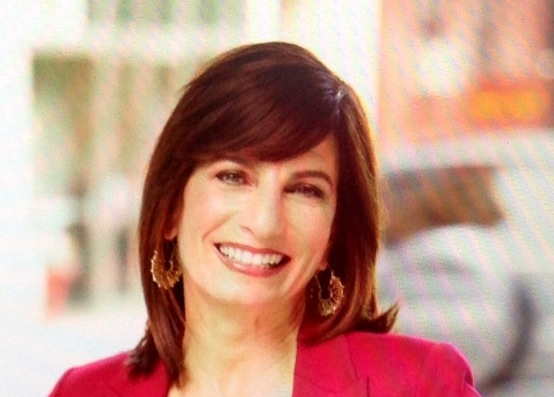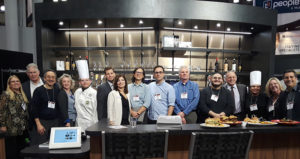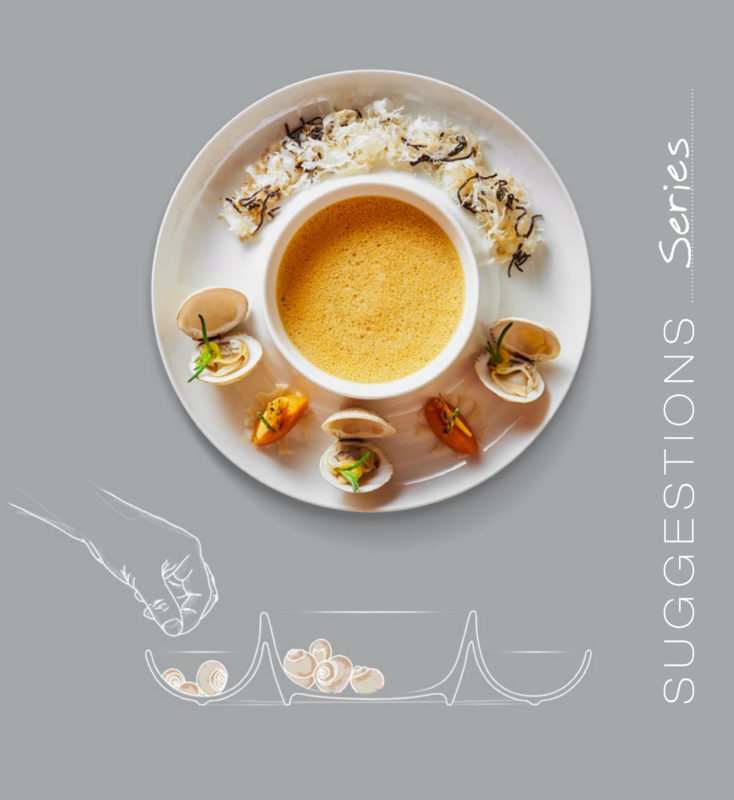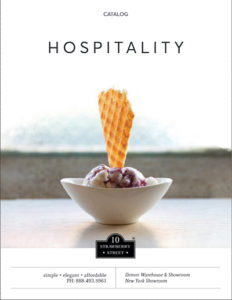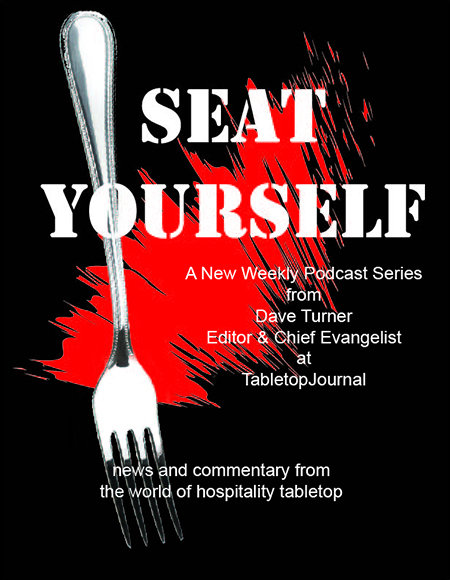Marsha Diamond (center) and the team that brought the award-winning Pivot Point project to HX2017
Non-commercial foodservice continues to be a growing segment, with many schools, healthcare facilities and corporations re-thinking and expanding their offering for employees, patients, and students. So, we went recently to industry expert Marsha Diamond to get her take on what is happening and, of course, the role of tabletop in those expanding segments.
Marsha’s uniquely diverse background spans the full range of foodservice from operations to sales/marketing, to a Professor in the International School of Hospitality and Tourism Management, to business developments and solution selling, and to executive management of a national association. Here’s what Marsha had to say:
TabletopJournal: We know your “sweet spot” is in the institutional or noncommercial side of foodservice in segments like Senior Living, Healthcare, College, B&I, etc. Can you tell us about your background and how you got started?
Marsha Diamond: I have a Masters in Foodservice Business Administration from New York University, a Bachelor of Arts in Food and Nutritional Science from Queens College, am a Registered Dietitian and a Registered Dietitian Nutritionist. I am a dietitian nutritionist who went into the foodservice industry as soon as I graduated college.
I started my career in foodservice operations running healthcare facilities with maximizing efficiencies, and elevating the staff, resident, and patient experiences. My professional journey took me from foodservice operations to culinary/design consulting to hospitality/foodservice operations. From there, I became a hospitality/food and nutrition university professor, and then began working with corporate companies doing sales and marketing.
TJ: We know you work with clients in all of these various categories. What services do you and your company typically provide for your clients?
MD: We provide an array of service including trade show strategy, digital marketing, end users’ education/sales webinars, sales training, new business development, product positioning, chef forums, and more. The goal is to re-tool, re-ignite, or re-engage brand business with creative & trailblazing solutions to generate valued customer experiences and sales.
TJ: Can you tell our readers what differences – if any – are there in these various types of large foodservice market segments?
MD: All market segments want to give their customers a personal and wow experience! It’s all about the impression and exceeding the expectations. In healthcare, it’s the moments that count and enable better quality of life, more hydration and better nutrition.
In universities and retail foodservice its about the impression and exceeding expectations too. Great quality food should be cooked well, taste great, and aesthetical plated to ignite the entire customers’ senses.
TJ: With regards to Senior Living and Healthcare, we all know that we have an aging population in America. What are some of the dining trends that you see coming onto the horizon in the next few years?
MD: Today, it’s all about the options – food choices, healthy options, variety, pop-up kiosks, variety of day parts, better tray and plate presentations and overall expectations.
TJ: How do you see menus evolving in these categories over the next few years and where will those new menu ideas and inspiration be coming from?
MD: Menus will be reflective of food exposure of those age groups. Years ago, sushi wasn’t mainstream but today its expected. The variety and creativity of selections is amazing. I believe comfort foods will always play a role, but to expand the creativity of the use of varied spices, types of raw ingredients and preparation techniques will be varied.
TJ: Again, staying in Senior Living and Healthcare, what role do you see tabletop playing in the resident or patient dining experience?
MD: I like to think of tabletop products as the icing on the cake. Tabletop sets the stage and can entice people to eat and drink more. Size and shape matters. Its like a beautiful painting without the finished frame. The quality and type of tabletop an organization uses often reflects their values and how important the guest or patient dining experience is in their location.
TJ: It seems like you work on such a wide variety of projects with a wide range of clients. Can you tell us what has been one of your favorites and why?
MD: One of my favorites has been helping to make the HX Experience Foodservice Pioneering Foodservice Concept come to life. Every year, I am the Project Director from beginning to execution for one or more of these concepts. I really enjoy the relationship that have come out of working on these concepts and making someone’s design and concept become a working model reality for two days at the HX show in November. These concepts always seem to draw a large crowd due to their creativity and engagement between food, design, tabletop, technology and equipment. Think of a pop-up foodservice venue that offers attendees revenue generating ideas and possibilities for their customers.
For more information or to contact Marsha Diamond: www.marshadiamond.com or marsha@marshadiamond.com

